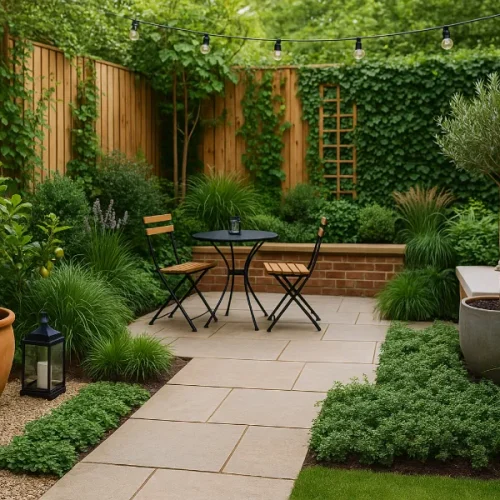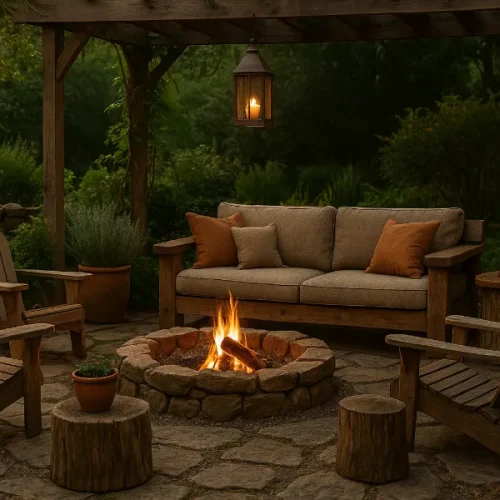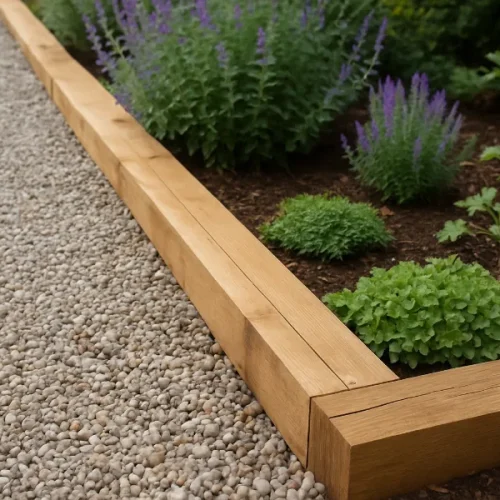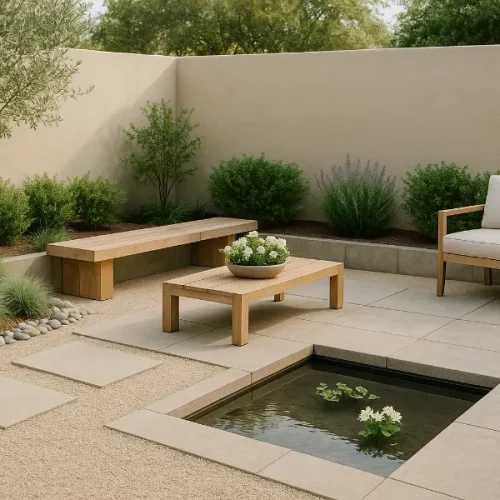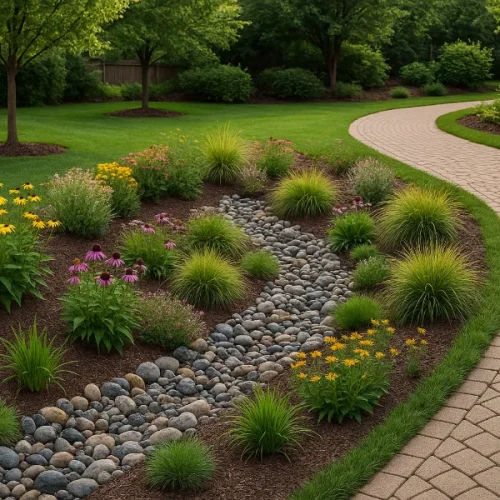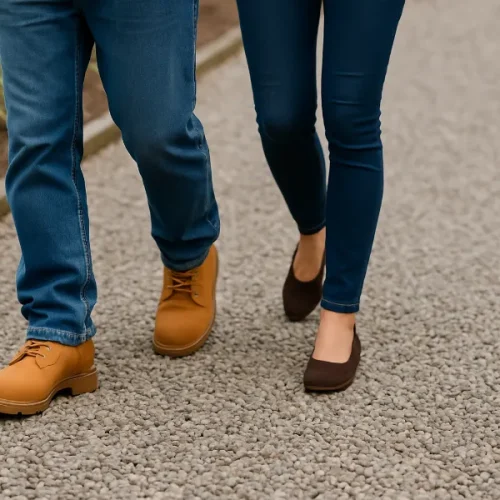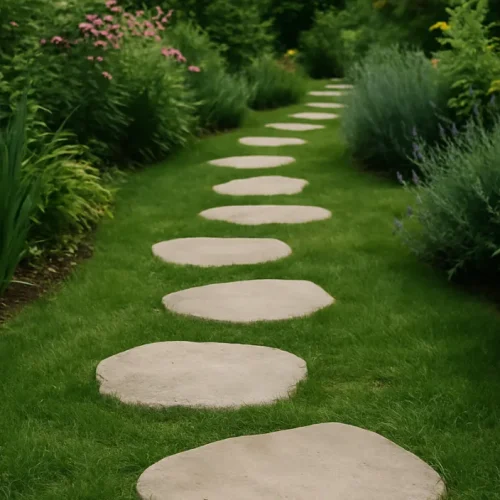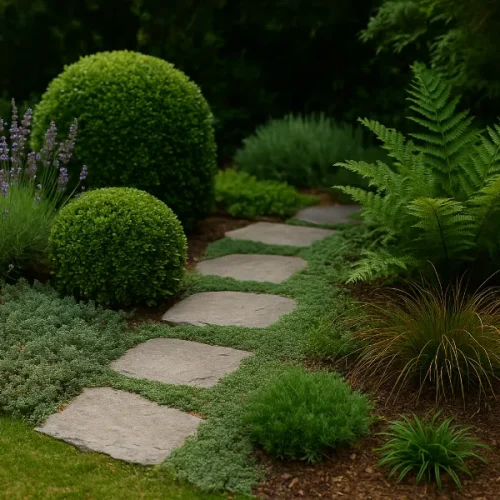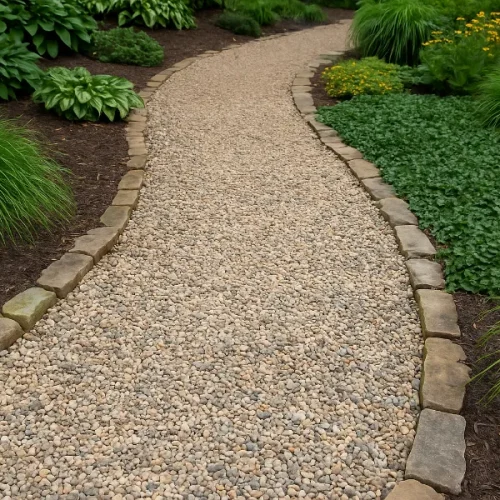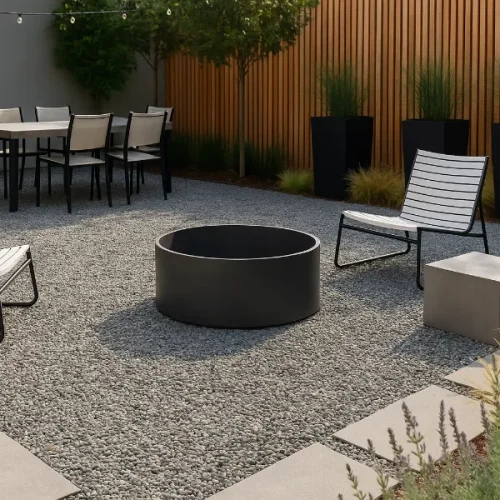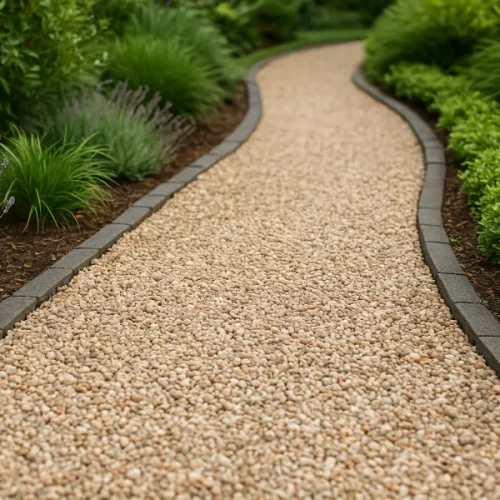If you’ve ever tried growing tomatoes, beans, cucumbers, or climbing flowers without a trellis, you know the struggle. Plants sprawl, fruit drags in the dirt, and suddenly your garden feels more like chaos than a lush oasis. That’s why learning how to build a trellis is such a game-changer. It’s one of those DIY projects that pays off instantly—your plants get support, your garden looks organized, and you save valuable ground space by growing vertically. The best part? You don’t need to spend a fortune or be a master carpenter to build one. With the right materials and a few hours, you’ll have a trellis that’s both functional and stylish.
Let’s dive into the steps, materials, and creative ideas that will help you master how to build a trellis in your own backyard.
What Is a Trellis and Why Does It Matter?
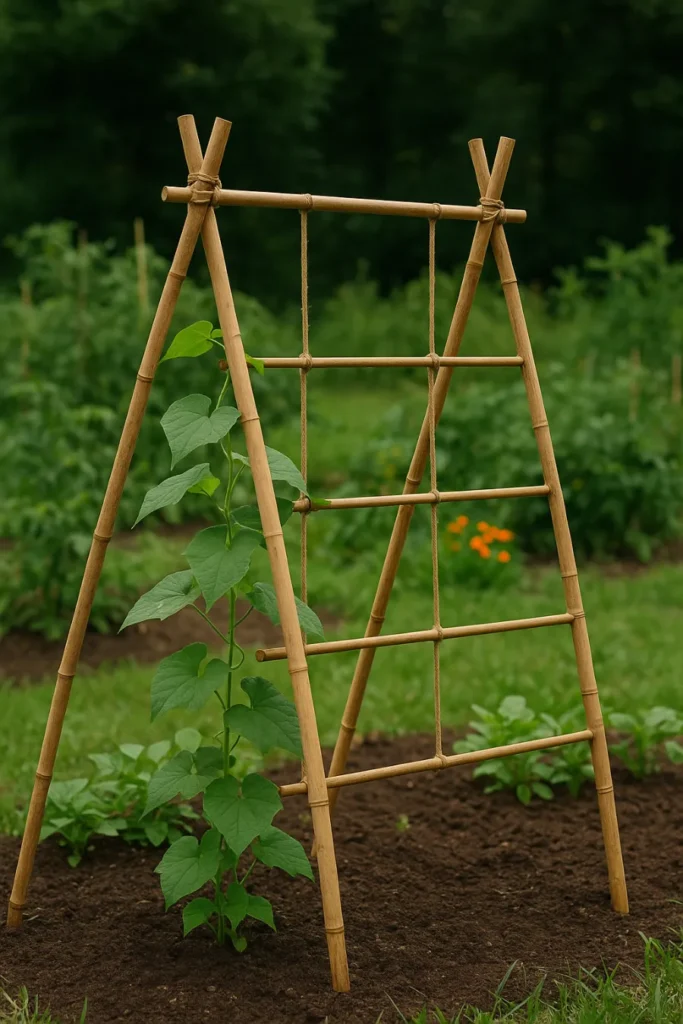
A trellis is simply a structure that gives plants something to climb. From wooden lattices leaning against fences to arched steel frames creating garden entryways, trellises come in countless shapes and sizes.
But why bother? Here’s what a trellis does for you and your plants:
- Supports growth – Prevents top-heavy plants like tomatoes from collapsing.
- Keeps plants healthy – Improves airflow, reducing mold and pests.
- Saves space – Especially important for small yards and raised beds.
- Adds beauty – Creates green walls, arches, and vertical focal points.
- Protects structures – Training vines on a trellis keeps them off fences and siding.
Whether your goal is bigger harvests or a picture-perfect backyard, knowing how to build a trellis is the foundation of a thriving garden.
Best Plants to Grow on a Trellis
Not every plant wants to climb, but the ones that do absolutely thrive with a little guidance. Here are some top picks:
- Vegetables: Cucumbers, peas, pole beans, tomatoes, squash, melons (with slings for fruit support).
- Flowers: Clematis, morning glories, climbing roses, honeysuckle, wisteria.
- Fruits: Grapes, passion fruit, kiwi.
If you’re just starting out, beans and peas are the easiest—they naturally wrap their tendrils around anything in reach. Tomatoes need gentle tying, while heavier crops like melons benefit from extra support.
Choosing Materials for Your DIY Trellis
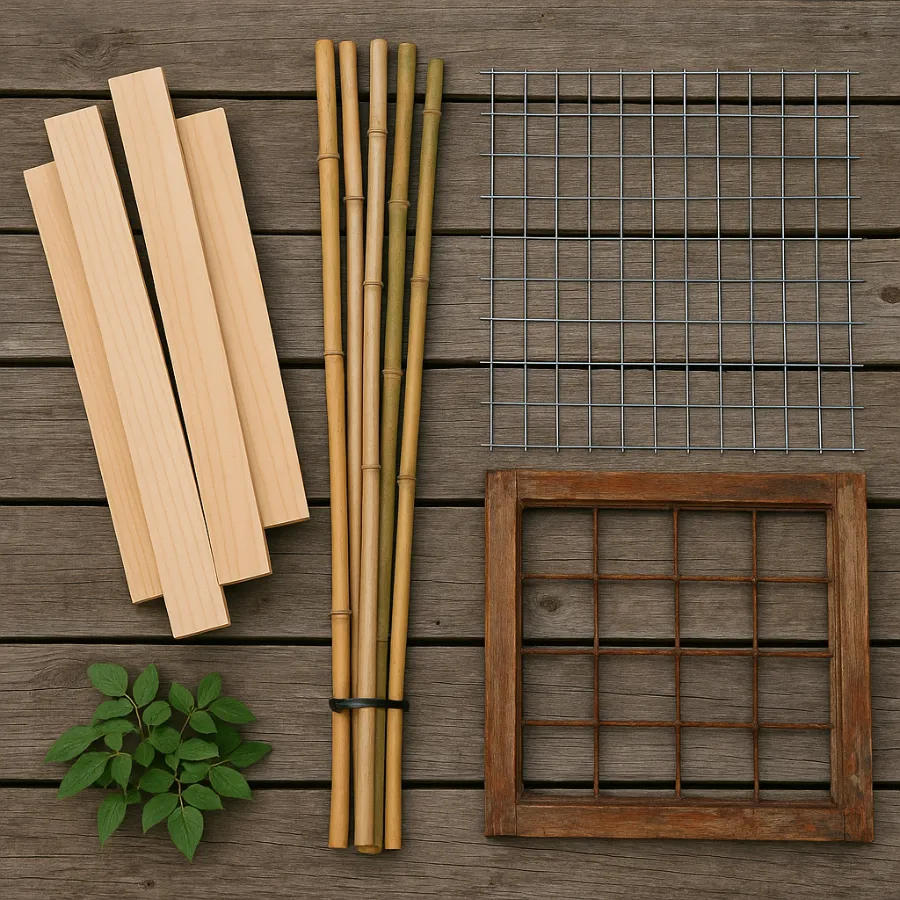
The beauty of building your own trellis is flexibility. You can use simple, affordable materials—or go for something decorative and long-lasting.
Wood
- Pros: Classic, natural look; customizable; easy to paint or stain.
- Cons: Requires weatherproofing; may rot over time.
- Best for: Lattice trellises, framed grid trellises, and fence add-ons.
Bamboo
- Pros: Lightweight, affordable, sustainable, flexible.
- Cons: Less durable than wood or metal.
- Best for: A-frame trellises, teepees, and temporary seasonal supports.
Wire or Metal
- Pros: Extremely durable; great for permanent installations.
- Cons: Can be heavy; more expensive.
- Best for: Grid trellises, arched cattle panel trellises, wire wall trellises.
Repurposed Materials
- Old windows, crib rails, garden tools, or coat racks can become charming and unique trellises. Perfect if you want rustic character at zero cost.
Popular DIY Trellis Designs
When you’re figuring out how to build a trellis, think about both your plants and your space. Here are some tried-and-true styles:
A-Frame Trellis
One of the easiest designs. Two panels lean together like an open book, creating a sturdy triangle. Great for beans, peas, and cucumbers.
Pyramid or Teepee Trellis
Poles tied together at the top form a pyramid. Ideal for tomatoes, green beans, and even climbing flowers.
Grid Trellis
A simple vertical frame with horizontal supports. Works well on fences or freestanding for flowers and vegetables alike.
Cage Trellis
Surrounds a plant with a supportive structure. Perfect for tomatoes and dahlias that tend to topple.
Arched Trellis
Made from cattle panels or metal frames, these create dramatic entryways or tunnels in the garden. Functional and stunning.
Wall-Mounted Trellis
Attaches to fences, sheds, or house walls. Excellent for decorative climbing flowers like clematis or roses.
Step-by-Step: How to Build a Simple DIY Trellis
You don’t need advanced skills—just basic tools and a little patience. Here’s a straightforward process that works for most trellis types.
Tools You’ll Need
- Saw (hand or power, depending on material)
- Drill and screws (or nails and hammer)
- Measuring tape
- Zip ties, garden twine, or wire
- Stakes or posts (for stability)
Building Process
- Measure your space – Decide how tall and wide your trellis needs to be. Keep in mind plant growth.
- Cut your materials – Bamboo poles, wood slats, or metal panels to the right size.
- Assemble the frame – Build your A-frame, square grid, or arch. Use screws, nails, or lashing twine to secure joints.
- Add horizontal supports – Plants need something to grab onto, so add crossbars or twine netting.
- Anchor it securely – Drive stakes into the ground and attach your trellis. Heavy-duty crops need strong support.
- Plant and train – Guide vines with garden clips, twine, or gentle ties as they grow.
Cost Considerations
Is it cheaper to build your own trellis? Absolutely. A store-bought trellis can run anywhere from $40 to $200, while DIY versions often cost under $20.
- Bamboo + twine: $5–10
- Remesh panel + stakes: $20
- Wood frame trellis: $40–60
- Repurposed items: Free if you already have them!
If you don’t own tools, factor in costs for renting or borrowing. But even then, building it yourself is usually far more budget-friendly than buying multiple premade trellises.
Tips for Trellis Success
- Size matters – Always build taller than you think you need. Beans and cucumbers can surprise you.
- Think placement – Put trellises where they won’t shade sun-loving plants.
- Weatherproof – Stain or paint wood; choose galvanized or powder-coated metal.
- Train your plants – Don’t expect them to climb perfectly on their own. Guide tendrils and stems early.
- Mix function and beauty – Trellises can be purely practical or a design statement. Match them to your gardening style.
Creative Trellis Ideas to Try
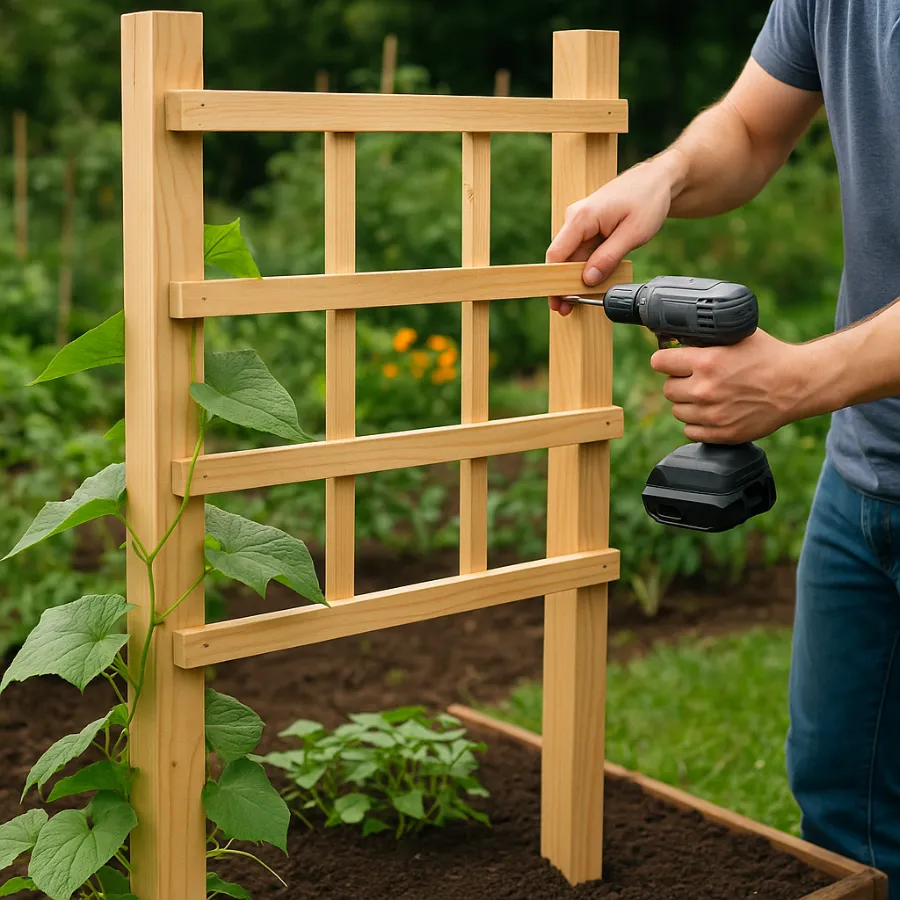
If you want to add flair while still being functional, here are some creative twists:
- Repurposed windows – Attach chicken wire to an old frame for a vintage look.
- Copper pipe trellis – Adds shine and modern style.
- Twig trellis – Rustic and perfect for cottage gardens.
- Expandable coat rack trellis – Quirky, affordable, and movable.
- Livestock panel arch – A dramatic, Instagram-worthy garden entrance.
Final Thoughts: Your Garden, Your Style
Learning how to build a trellis isn’t just about propping up your plants. It’s about transforming your space into a garden that feels abundant, organized, and uniquely yours. Whether you choose a $10 bamboo A-frame, a copper pipe statement piece, or a repurposed vintage window, the process is the same: you’re giving your plants the support they need while adding beauty to your garden.
So grab some poles, a little twine, and start building. Your plants will thank you—and your garden will never look the same again.


